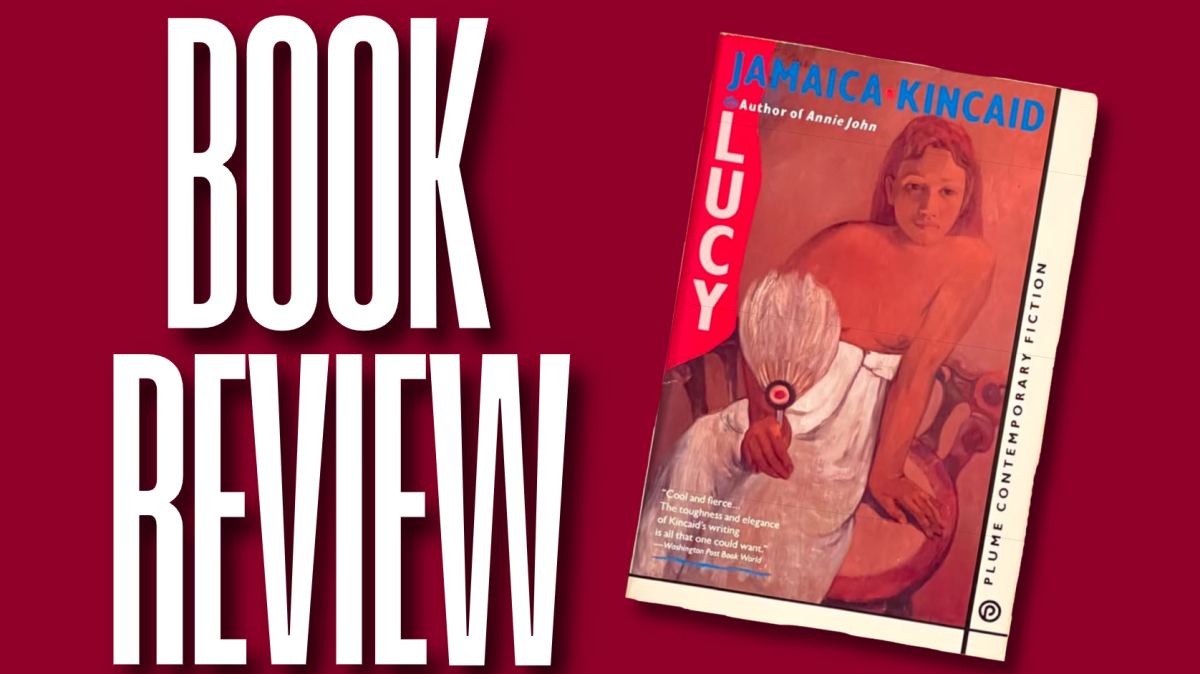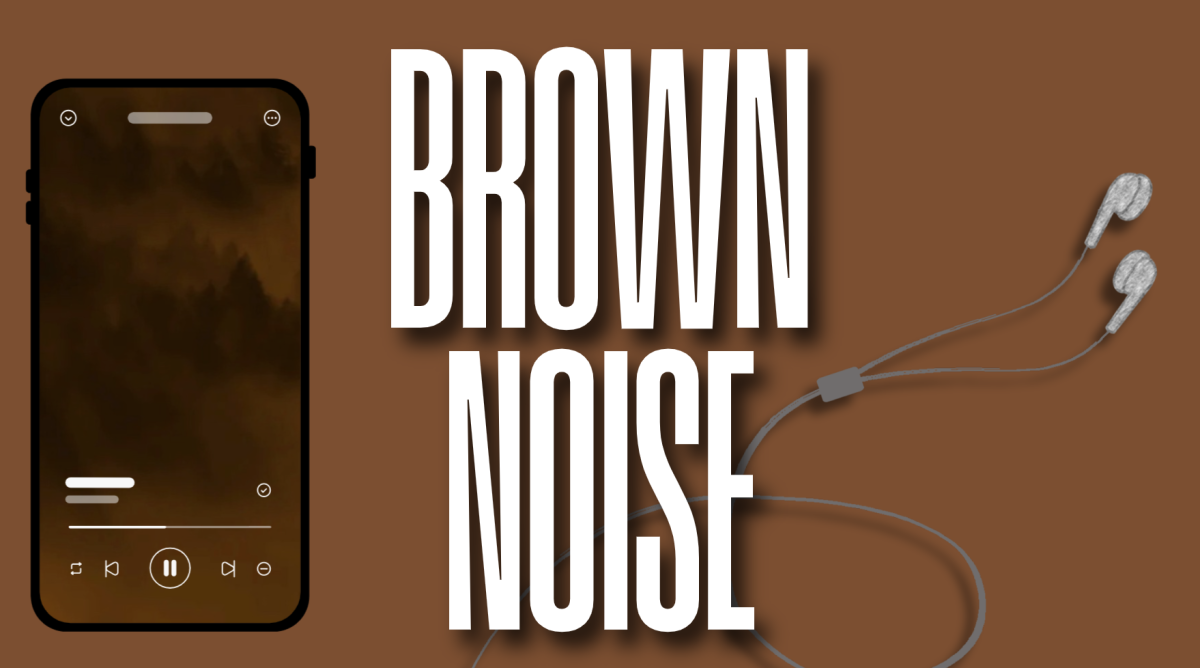By JOSEPH CLINES
STAFF WRITER

The debate surrounding the minimum wage is one without a solution. A middle ground is difficult to come by, as the proponents and opponents are both ardent in their stances. As simple business logic would dictate, the efficient outcome would be to split the difference between demands for a $15 wage, as fast food workers have clamored for, and the status quo, which business owners insist is the only feasible way to keep their current business model. There may be no greater litmus test for whether one is a “what the markets will bear” conservative or an idealist progressive, than asking an individual how he or she feels about the current dollar figure assigned to the minimum wage.
Traditional economic theory stands at odds with contemporary data so much so that those in favor or against the minimum wage can feel that their beliefs are supported by statistics. Traditionally, raising the minimum wage creates a “price floor” above what the labor market has deemed to be the wage for service. Theory dictates that raising the price floor raises costs for firms and those firms will respond by ceasing to hire and even laying off existing workers to operate at “market clearing” costs that prevailed in the absence of the wage hike. Recent examples stand at odds with accepted doctrine, as San Francisco, long thought to be a city at the vanguard of progressive thought, voluntarily adopted a wage above the legally mandated minimum in the early 2000s. To the classical economist, wage hikes can be calamitous, resulting in higher prices for consumers, greater unemployment and a dip in profitability for business owners. The San Francisco wage hike, surely to set precedent and become a case study, resulted in exactly the opposite. Wages rose to above $10 from a legal minimum just above $7, and the result was that employment actually rose in San Francisco, while a number of counties that maintained the general minimum wage experienced losses in employment. One advantage of an augmented wage to firms and workers is the lack of turnover that currently plagues minimum wage positions. Little, if any, growth opportunity exists inside a company paying the minimum wage, and thus those receiving the minimum are likely to leave frequently. In the span of a year, an employer may train two or three individuals to perform the same one job at a minimum price level, while that original employee is much more likely to receive training and remain on staff if a higher wage is offered. The firm is spared a great deal of headache and efficiency loss in this scenario, while the employee is given a better chance at supporting him.
The student population at Rose Hill is undoubtedly progressive, and many support raising the minimum wage to improve the quality of life led by low-income workers. Many polls have shown public opinion to believe that the current wage of $7.25 per hour in New York is practically unlivable, as many of these workers would still be eligible for public assistance despite the fact that they are among the full-time employed.
The line of demarcation in the debate is where to place the dollar figure for the augmented minimum wage. Even the most ardent supporter of the need for change, looking through a lens of objectivity, would agree that those lofty demands simply will not be met. It is a shame is that the absurd demands of a few have obscured the fact that the tide has shifted in Washington and among pundits as well. Perhaps the only thing President Obama and Bill O’Reilly see eye-to-eye on is that the wage should increase to around the $10 per hour range.
The solution I eluded to earlier, a dollar figure that will placate both parties in the debate, does not exist. Many view the direction of the minimum wage as a proxy battle against the larger and more alarming trend of growing income inequality in America. Many initiatives in America, such as the disastrous implementation of Obamacare, have proven that sound logic does not necessarily guarantee a smooth outcome. Raising the minimum wage to a $10 range will be a pebble in the ocean of income inequality. Implementation will surely show some negative effects in the short term.
However, it is time for an overdue raise in the minimum wage to a level that affords workers the opportunity to support themselves and their families.
Joseph Clines, FCRH ’14, is an economics major from Malverne, NY.








































































































































































































